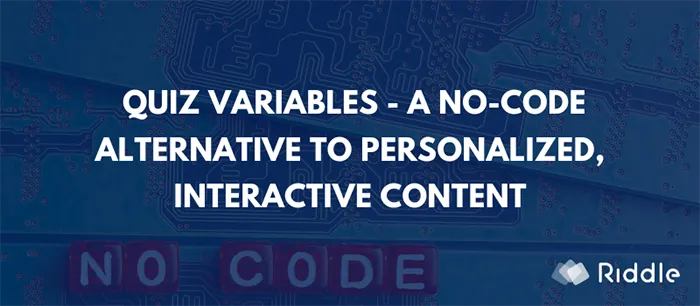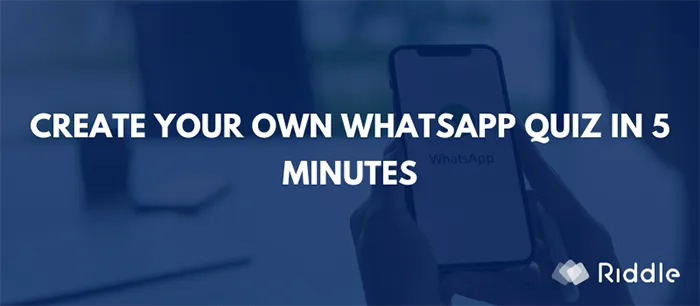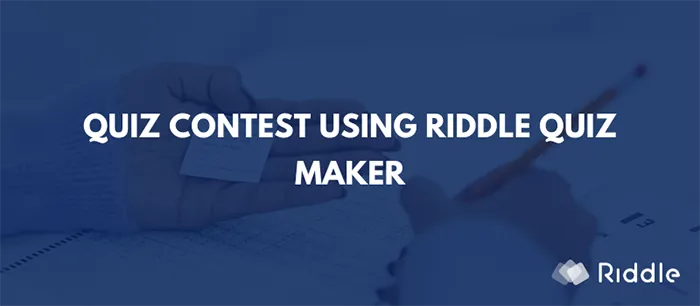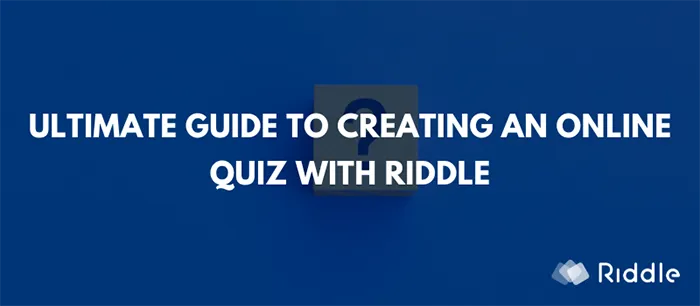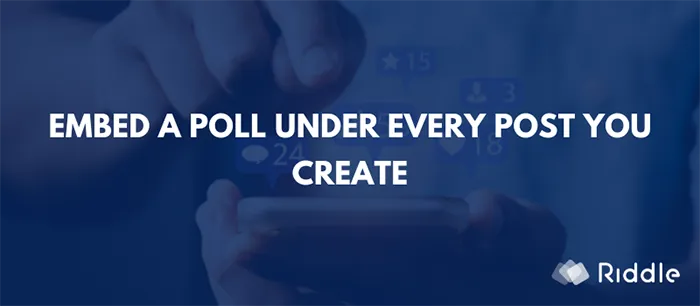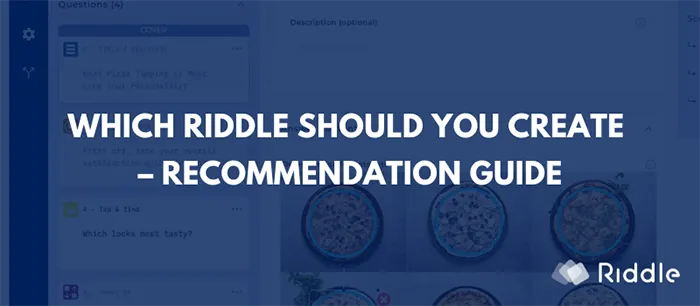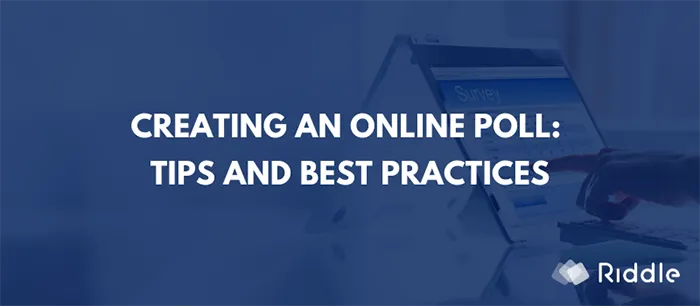Dynamic and personalized content with variables
Variables are a great way to make a quiz, poll, or survey more dynamic and personal. With variables, you can ask a user for their first name on the first block of a riddle and then use that name to address the user personally in […]
Dynamic and personalized content with variables Read more
